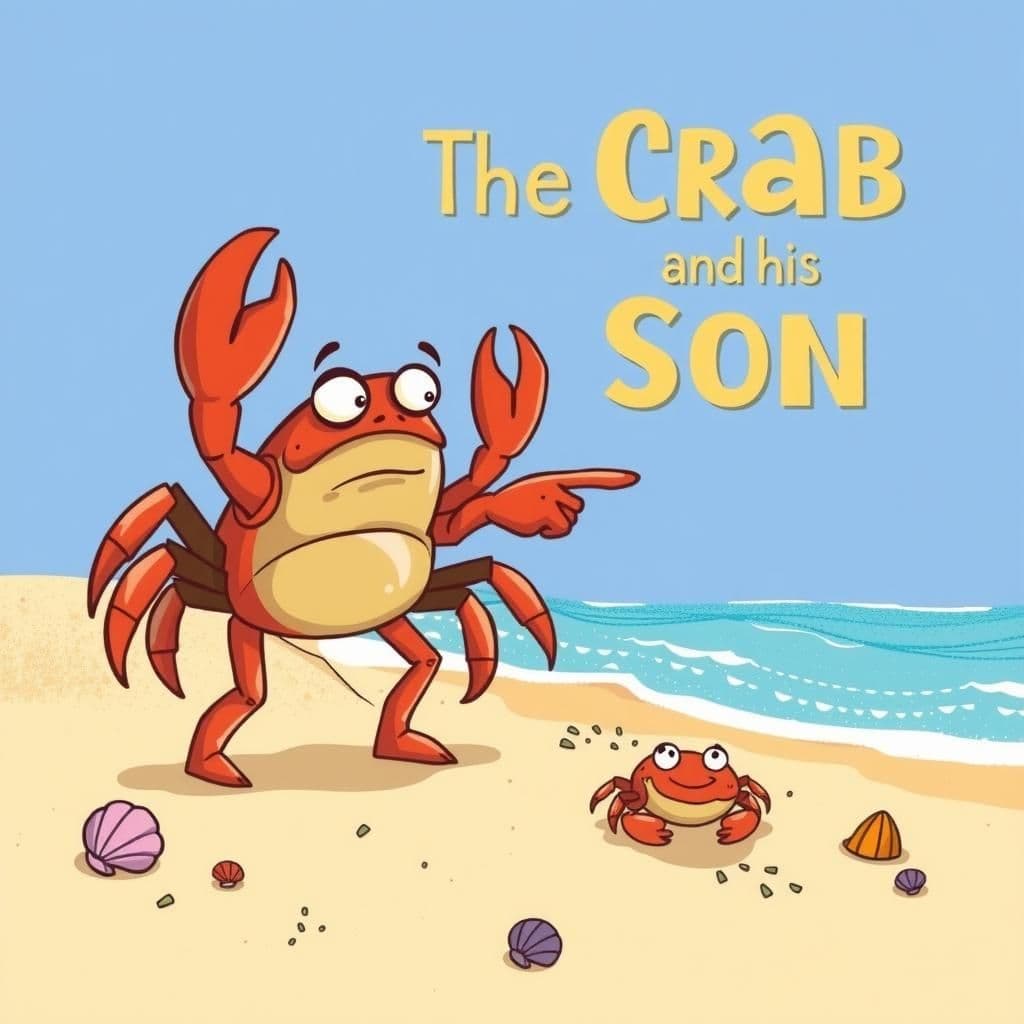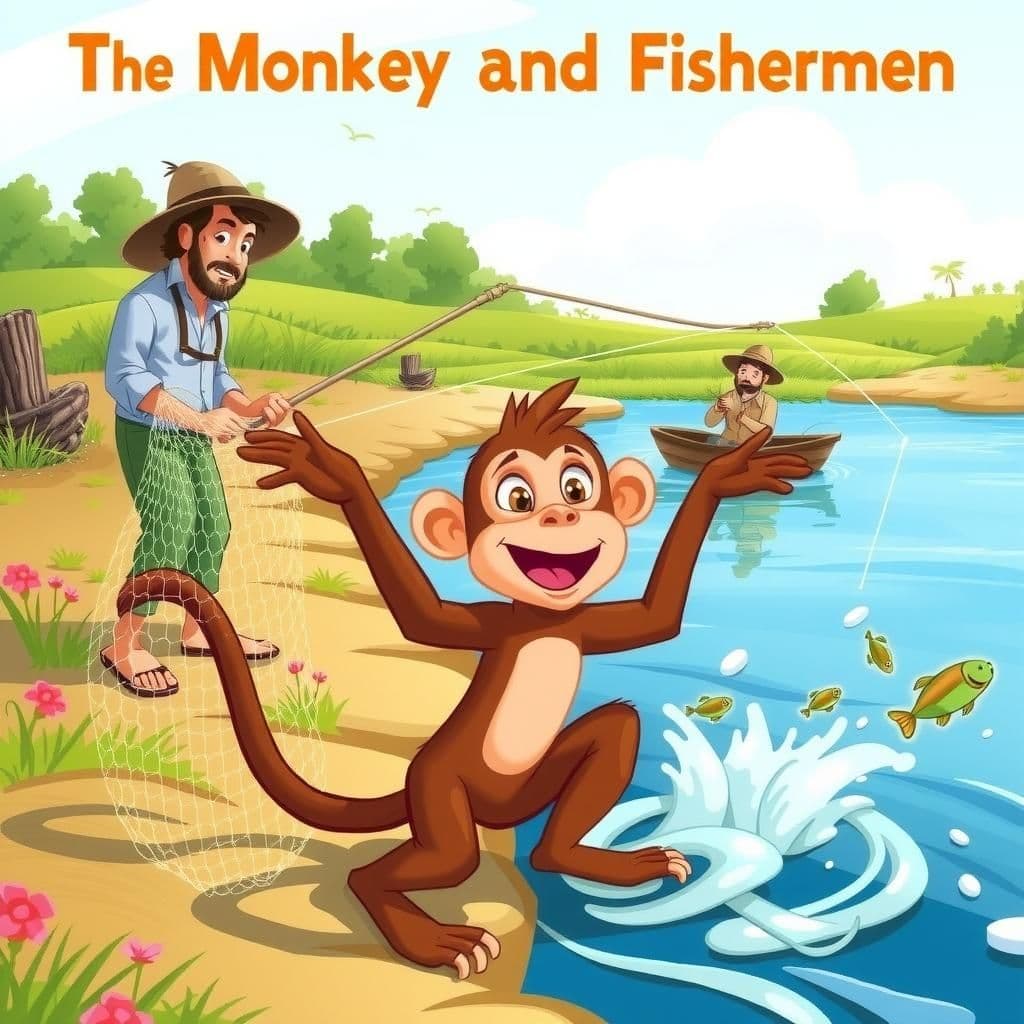The Crab and his Son

Story Summary
In "The Crab and his Son," a father crab criticizes his son for his ungraceful sidelong gait, prompting the son to point out his father's similar flaw. This exchange reveals the hypocrisy in the father's advice and serves as a valuable lesson from moral stories, emphasizing that one should lead by example. This short tale encapsulates the essence of educational moral stories, teaching readers the importance of self-reflection and consistency in behavior.
Click to reveal the moral of the story
The moral of the story is that one should lead by example rather than criticize others for their shortcomings.
Historical Context
This story is a modern fable reflecting themes of parental advice and the hypocrisy of authority figures, reminiscent of Aesop's Fables and other moral tales from antiquity. The crab's advice to his son serves as a critique of the tendency for individuals to impose standards on others while failing to adhere to those standards themselves, a common motif in folklore and literature. Variations of this moral have appeared in numerous cultures, highlighting the universal nature of the lesson about consistency and self-reflection.
Our Editors Opinion
This fable highlights the hypocrisy often found in parental guidance and societal expectations, illustrating how advice can sometimes come from those who fail to practice what they preach. In modern life, a manager might criticize an employee for not adhering to company protocols while themselves frequently bypassing those same rules, demonstrating that leading by example is crucial for effective mentorship.
You May Also Like

The Mole and His Mother
In "The Mole and His Mother," a blind young mole confidently claims he can see, prompting his mother to test him with grains of frankincense. When he incorrectly identifies them as pebbles, she realizes he is not only blind but has also lost his sense of smell. This captivating moral story serves as a reminder of the importance of self-awareness and the value of real-life stories with moral lessons.

The Fawn and His Mother
In the folklore tale "The Fawn and His Mother," a young fawn questions why his larger and faster mother is afraid of hounds. She explains that despite her advantages, the mere sound of a dog terrifies her, highlighting the lesson that courage cannot be instilled in the inherently timid. This thought-provoking moral story serves as a quick read, reminding us that bravery is not solely determined by physical attributes.

The Monkey and the Fishermen
In this thought-provoking moral story, a curious monkey observes fishermen casting their nets and, eager to imitate them, attempts to fish himself. However, he becomes hopelessly tangled in the net and ultimately drowns, realizing too late that he should not have engaged in something for which he was untrained. This famous fable imparts a concise moral lesson about the dangers of overstepping one's abilities.
Other names for this story
Crab Wisdom, Sidestepping Lessons, The Straight Walk Debate, Crab and Son's Dilemma, Crustacean Conundrum, Fatherly Advice Gone Awry, The Logical Crab's Quandary, Walking in Circles
Did You Know?
This fable highlights the theme of hypocrisy, illustrating how individuals often criticize others for behaviors they themselves exhibit, which serves as a reminder of the importance of self-awareness and integrity in our judgments.
Subscribe to Daily Stories
Get a new moral story in your inbox every day.